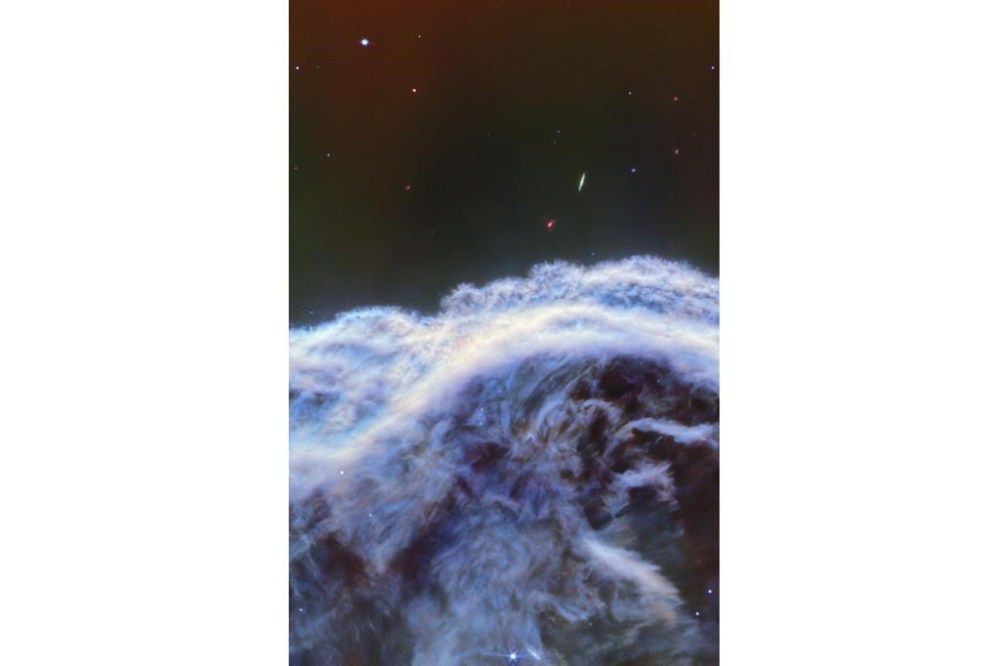A horse-shaped nebula gets its close-up in new photos by NASA’s Webb telescope
Advertisement
Read this article for free:
or
Already have an account? Log in here »
To continue reading, please subscribe:
Monthly Digital Subscription
$19 $0 for the first 4 weeks*
- Enjoy unlimited reading on winnipegfreepress.com
- Read the E-Edition, our digital replica newspaper
- Access News Break, our award-winning app
- Play interactive puzzles
*No charge for 4 weeks then billed as $19 every four weeks (new subscribers and qualified returning subscribers only). Cancel anytime.
Read unlimited articles for free today:
or
Already have an account? Log in here »
DALLAS (AP) — NASA’s Webb Space Telescope has revealed the sharpest images yet of a portion of a horse-shaped nebula, showing the “mane” in finer detail.
The Horsehead Nebula, in the constellation Orion, is 1,300 light-years away. A light-year is nearly 6 trillion miles (9.7 trillion kilometers).
Discovered over a century ago, its nickname derives from its striking appearance — a wispy pillar of gas and dust that resembles a horse rearing its head.

Webb’s latest infrared images released Monday captured the top of Horsehead in greater detail, illuminating clouds of chilly hydrogen molecules and soot-like chemicals. These glamour shots can help refine astronomers’ understanding of the nebula, which acts as a nursery for big stars to brew.
Horsehead is a favorite target of space observatories including the Hubble Space Telescope. Last year, the European space telescope Euclid took fresh photos of the nebula.
___
The Associated Press Health and Science Department receives support from the Howard Hughes Medical Institute’s Science and Educational Media Group. The AP is solely responsible for all content.

